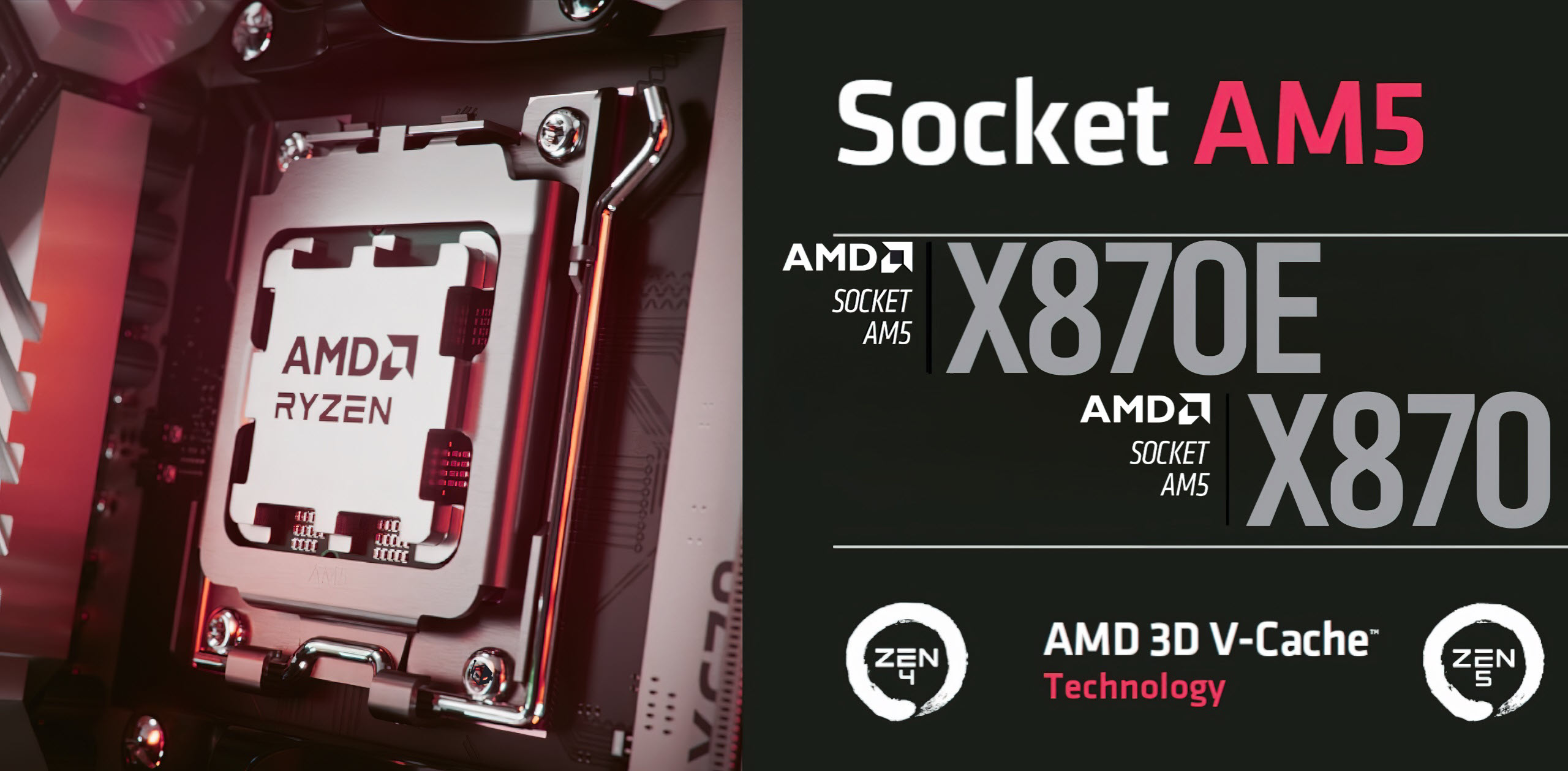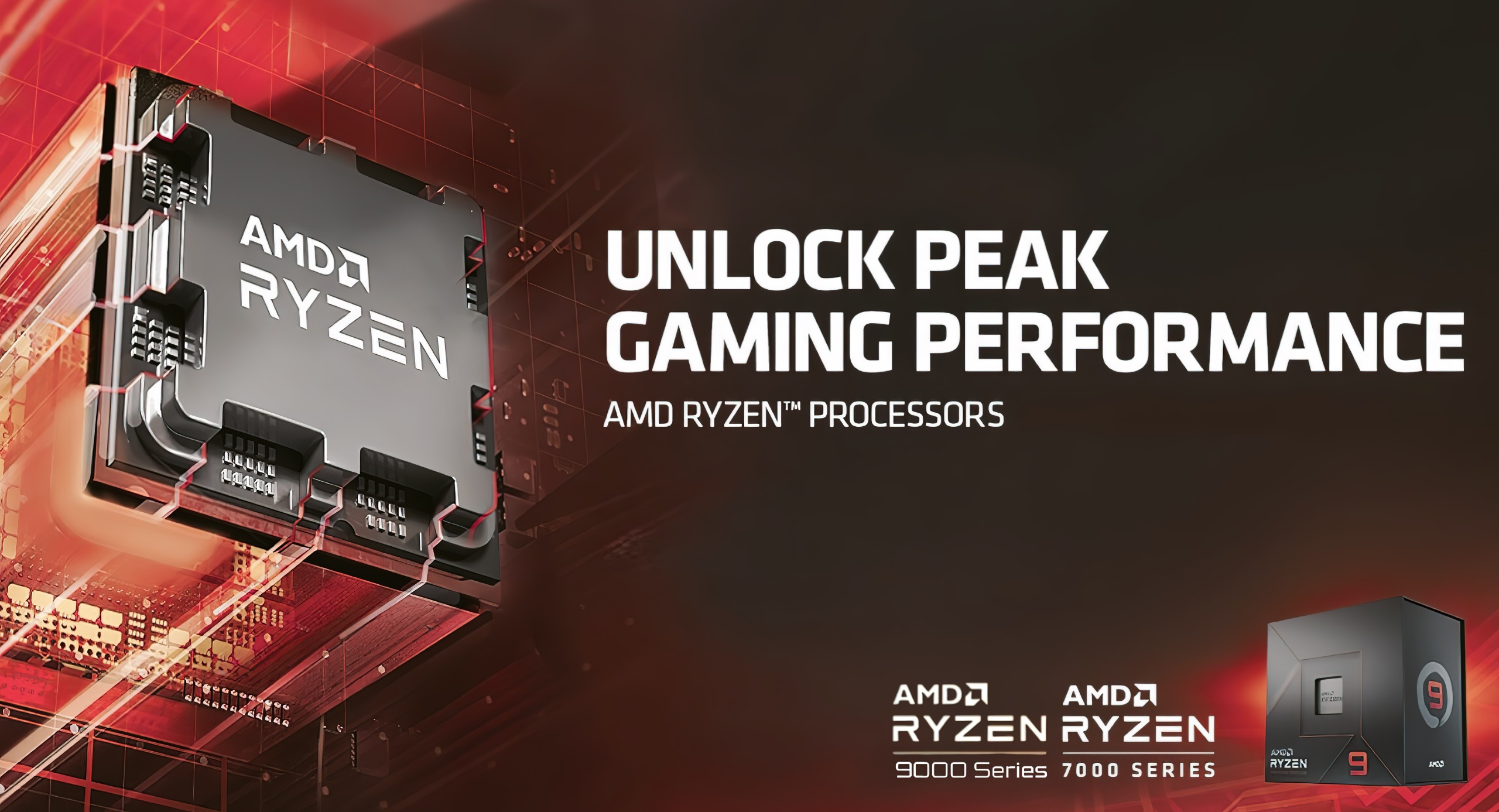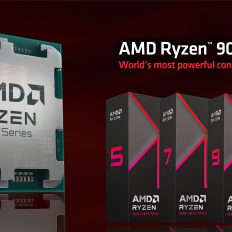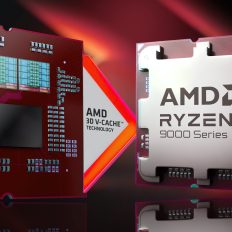AMD's next-generation Ryzen 9000 "Zen 5" Desktop CPUs will run cooler, consume lower power & feature enhanced DDR5 OC capabilities.
AMD's Ryzen 9000 "Zen 5" Desktop CPUs To Feature Great DDR5 Memory OC Support, Cooler & Lower Power Consumption Than Ryzen 7000 "Zen 4"
In today's topic covering the AMD Ryzen 9000 "Zen 5" Desktop CPUs, we will talk a bit about their DDR5 memory support & what kind of advantages they have to offer over the existing Ryzen 7000 series. The details come from our sources but we should point out that the data we obtained is based on engineering samples that are much closer to the QS designs. The final numbers will be similar if not better so let's start with the memory support and OC capabilities.
Sweet Spot DDR5-6000 Again But Upper Limit Enhanced To 6400 MT/s With Over 8000 MT/s OC Modules Easily Support
First of all, the integrated memory controller for the AMD Ryzen 9000 "Zen 5" CPUs is similar to the Ryzen 7000 "Zen 4" CPUs but comes with slight refinements. We have been told that the CPUs will be able to support DDR5-5600 by default and up to DDR5-6400 memory at a 1:1 fabric clock. The sweet spot is still going to be DDR5-6000 1:1 but on both X670 and X870, the upper limit will be set at 6400 MT/s.
As we already know, the AMD Ryzen Desktop CPUs feature three distinct clock speeds as a part of their internal memory structure, these include:
- Infinity Fabric Clock (FCLK): Governs how quickly CPU cores can communicate across CPU dies and with SOC controllers (e.g. PCIe, SATA, USB)
- Memory Controller (UCLK): Governs how quickly the memory controller can ingest/exgest commands from RAM.
- Memory Clock (MCLK): The frequency of your main system memory.
For those who want to push things higher, the X870E and X870 motherboards will offer a great OC design that is specifically geared towards memory overclocking with new and improved DRAM OC features. AMD's board partners really fine-tuned the DDR5 support on existing AM5 motherboards, making them scale past the 10,000 MT/s barrier with ease which wasn't possible at launch.

The advantage that a 1:1 brings to the table is that it will allow for lower latencies and a balanced speed while a higher ratio will allow for better overclocking, & faster data transfer rates but will also lead to poor latencies.
- AMD Ryzen 3000 "Zen 2" Sweet Spot - DDR4-3800
- AMD Ryzen 5000 "Zen 3" Sweet Spot - DDR4-4000
- AMD Ryzen 7000 "Zen 4" Sweet Spot - DDR5-6000
- AMD Ryzen 9000 "Zen 5" Sweet Spot - DDR5-6000 (Upper Limit - 6400 MT/s)
With the X870E and X870 platforms, the vast majority of motherboards will support DDR5-8000 MT/s with a 4-DIMM configuration (1:2) and you can even get past that with a 2-DIMM dual-channel config with speeds being close to or above 9000 MT/s. Ryzen 9000 with 9000 MT/s memory will be fantastic for marketing purposes.
These solid memory capabilities will make it a more sensible option to grab the newer X870E or X870 motherboards if users are aiming for faster memory OC performance. Plus new enthusiasts will also find the upgraded features on these motherboards a superb point to upgrade to if they decide on building newer high-end PCs with AMD's Ryzen 9000 CPUs.
AMD Ryzen 9000 Runs Cooler Than Ryzen 7000 & Consumes Lower Power Too By Default
Another thing that we have learned is that AMD will be going the more efficient route this time around and while Ryzen 9000 "Zen 5" CPUs offer great performance numbers, it's ultimately up to the user to decide if he wants to go the performance route or the efficiency one.
By default, the AMD Ryzen 9000 CPUs will be running without PBO enabled. One thing with the Ryzen 7000 "Zen 4" CPUs is that they were pushed to their limits by default, leading to OC being limited and a large number of users just undervolt the chips to find that they can get the same performance at a lower power figure. This also led to higher power input & temperatures.

AMD's Ryzen 9000 "Zen 5" CPUs by default will run cooler than Ryzen 7000 "Zen 4" CPUs. Based on testing with a Ryzen 9 9950X CPU (Default ES), the chip consumed up to 190W of power whereas the Ryzen 9 7950X consumes around 220-ish Watts of power in the same workloads. The workload being performed here is Cinebench R23 and we got some interesting numbers here too. The 9950X is almost as fast as the Core i9-14900KS by default and that chip can consume over 300W of power with its extreme profile.
The 9950X being almost as fast at 100 watts less is a huge efficiency win for the red team. The 14900KS is currently around 12% faster than the 7950X in the Cinebench R23 multi-thread test so Zen 5 can easily surpass that with its PBO mode.
Talking about the PBO mode, the performance will be faster but this is where the AMD Ryzen 9 9950X and the rest of the Zen 5 chips start to push for higher voltage input, leading to a much higher power consumption, similar to Ryzen 7000 and the temperatures also rise above 90C but that is the option given to enthusiasts who want to max out these chips. 90-95C is still lower than the 100C+ temps that Raptor Lake CPUs run into with their unlocked power limits. As for default temperatures, they are expected to be in the mid-80s range which is slightly cooler than the Ryzen 7000 CPUs which were running at over 90C by default.

Overall, the AMD Ryzen 9000 "Zen 5" Desktop CPUs will be a gift from the red team to the enthusiast community out there who are looking for a new architecture to play with & have loads of performance packed within them. Expect more information to come rolling down in the next month as we approach the launch.




